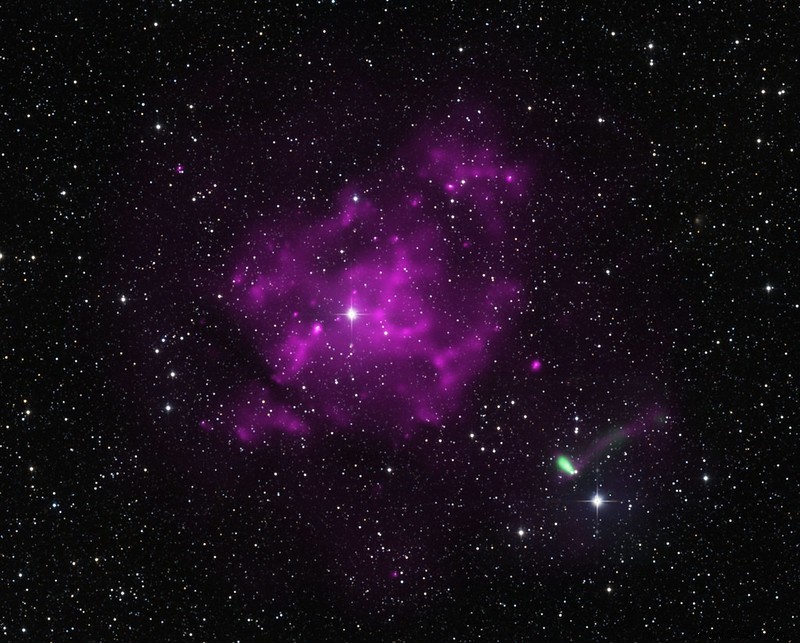In a preprint, an astronomer proposes an interstellar navigation system based on star triangulation. In short, it is a kind of space GPS. This proposal comes as NASA thinks it can use pulsars for its ships like boats with lighthouses.
In 2018, NASA unveiled an equivalent of GPS for space navigation taking pulsars into account (see image below). Remember that pulsars are neutron stars emitting strong electromagnetic radiation in the direction of their magnetic axis and capable of rotating very quickly on themselves. According to the American agency, this would make it possible to guide robotic spacecraft to the far reaches of space in the context of missions impossible for humans to carry out.

In the Solar System it is possible to transmit steering signals from our planet as is the case for probes. However, things get more complicated from the moment we go beyond the heliopause, that is to say the limit where the solar wind of the Sun is stopped by the interstellar medium. The time for sending and receiving signals then becomes too long. This turns out to be a major obstacle as part of deep space travel.
So NASA's idea is to use an X-ray system to find its way around pulsars. Coryn A.L. Bailer-Jones, an astronomer at the Max Planck Institute, however, believes that the scattering of pulsar signals in the interstellar mediumcould be a source of errors about their measurement. Accuracy, essential for successful navigation, would then be too low.
Coryn A.L. Bailer-Jones detailed another solution in a preprint on the arXiv platform. He believes that it should be based on the stars that we already know while taking into account parallax, aberration and the Doppler effect. These three effects cause the position of the stars and their speed to change as one moves away from the Sun. To put it simply, the astronomer proposes an adaptive triangulation throughout the trip.
In his report, the researcher bases himself on experimental modeling to say that from about twenty stars, it is possible to measure the position of a ship with three astronomical units close and its speed at 2 km/s. However, the greater the number of stars integrated into the triangulation, the greater the precision. Finally, the astronomer recalls that his study is mainly conceptual, because interstellar travel is still impossible to envisage in the short and medium term. It remains that it is all the same a concrete research axis.